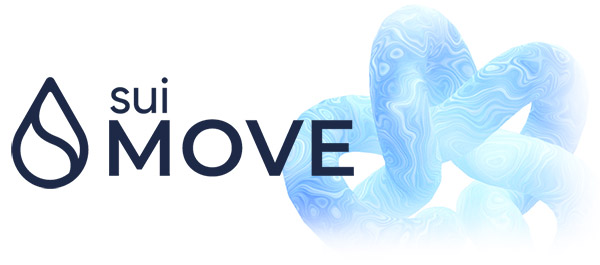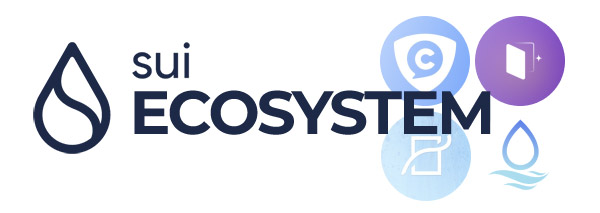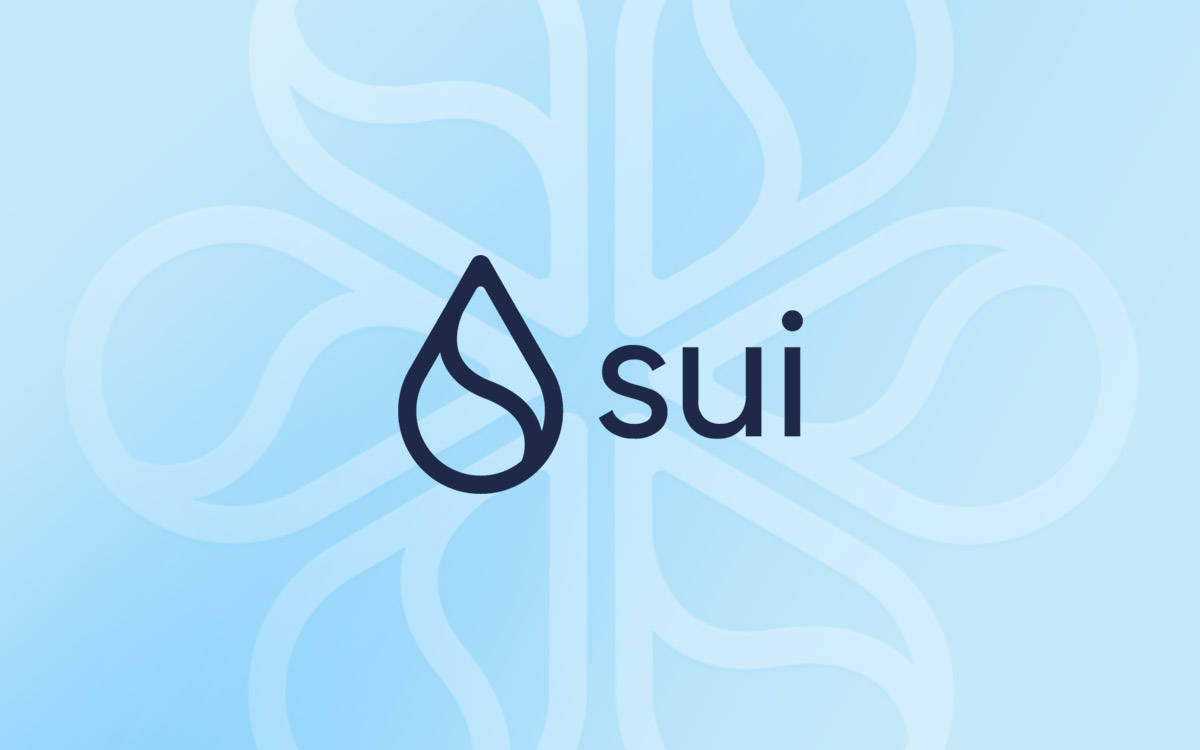Abstract
At the same time that the Aptos project was taking lots of positive feedback and attention from users, another Layer 1 project was at the center of the users’ attention in the crypto market. This network uses the same programming language as Aptos. The name of this project is Sui, which uses the Move programming language.
This network, just like Aptos, has been able to attract heavy capital and become the main competitor of Aptos in their category. In this article, we will find the proper answer to the question of the Sui network and how it works.
What is Sui Network?
Sui is a permissionless L1 blockchain designed for programmers and developers willing to have an adventurous journey in the Web 3 space.
This blockchain is horizontally scalable and supports developing a broad range of blockchain-based applications besides transactions that are proceeding parallelly. Horizontal scalability means that each transaction divides into several parts, and each node processes its role while nodes do not have the complete transaction data.

Mysten Labs’ Sam Blackshear, Evan Cheng, Adeniyi Abiodun | Source: Mysten Labs
Sui is a smart contract platform whose security is provided by a set of permissionless validators. The role of validators is just like the miners of Proof of Work (PoW) networks. The network forgoes consensus for simple transactions (sending assets) and uses more straightforward, lower-latency principles for payment transactions and asset transfers. Not using a consensus mechanism is unprecedented in the blockchain ecosystem.
This network could enable several new latency-sensitive applications, from gaming to retail payments at physical points of sale. Reaching a consensus in the nodes takes some time, and not using this system can increase the speed of the processes.
The Sui developer team has developed this network in Rust programming language (the same programming language as the Solana team used in their project), and the smart contracts have been written in Move language. Programs written with Move define various operations on assets; Operations, such as customized rules for creating assets, transferring assets between new owners, and functions that modify assets.

Sui Move Programming Language
The Move is a programming language that is suitable for smart contracts. This language is somehow derivative of Rust (Solana language). Of course, Sui has changed Move a bit compared to the original Move and personalized it. That is, the language used in the Aptos project is slightly different from the Sui language.
This language was born in 2018 in the early days of the Libra project. The two founders of Mysten Labs (maker of Sui network) were also in the founding team of Libra.

What is SUI Coin?
The native coin of this blockchain network is SUI, and according to assumptions, its total supply is 10 billion. A part of this amount will be released when launching the network, and another part of the coins will be released as multi-year vesting. The remaining amount of SUI coins will be released as staking incentives. These percentages and how to release them have not been announced yet.
SUI currency has 3 main uses:
- Staking to participate in network consensus.
- Transaction fees.
- Voting right in the network governance system.
 SUI Ecosystem
SUI Ecosystem
The SUI project mainnet is not launched yet, just like Aptos. Several projects and Dapps have been built on it, all in the testing or development phases. We introduce some of the test net platforms on the Sui network below:
- Ethos is a web3 wallet used to connect to Sui ecosystem dApps. In this wallet, users can store their tokens and NFTs.
ethoswallet.xyz - Sui Gallery is an NFT market for the Sui network.
www.sui.gallery - Sui Name Service, Users can also choose a name for their address and personalize it.
suins.io - Coming Chat, SUI is a decentralized digital identity platform implemented on Aptos and Sui networks
coming.chat
Disadvantages of Sui
The most critical problem of the Sui network is the lack of compatibility with the Ethereum virtual machine (EVM); Because it makes it difficult for DeFi users and EVM developers to use this network.
Users who use Ethereum virtual machine-based network DeFi platforms (such as Binance Smart China, Polygon, Avalanche, Phantom, etc.) cannot efficiently operate in the SUI ecosystem. EVM developers also need to familiarize themselves with Move’s tools and language to create their platforms, which makes the process longer.
Conclusion
Sui is a permissionless L1 blockchain that is horizontally scalable, instant finality has low fees. It is designed to enable creators and developer teams to build experiences catering to the following billion web users in web3. It keeps assets live directly in users’ accounts, not in someone else’s smart contract, and this system allows users to know what they are permitting and for whom.
In this platform, users can first Send an asset and then create an account later. There is also a facility for NFT artists and traders to enjoy more utility in NFTs and store directly on-chain.
